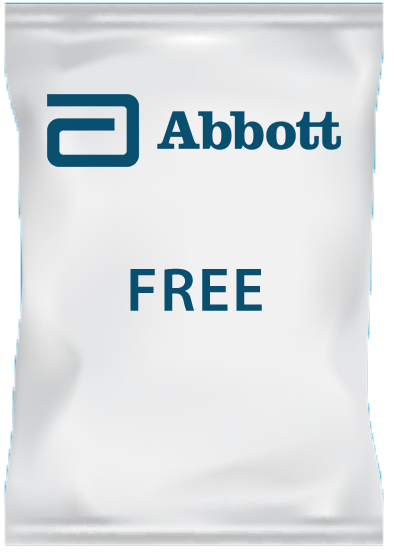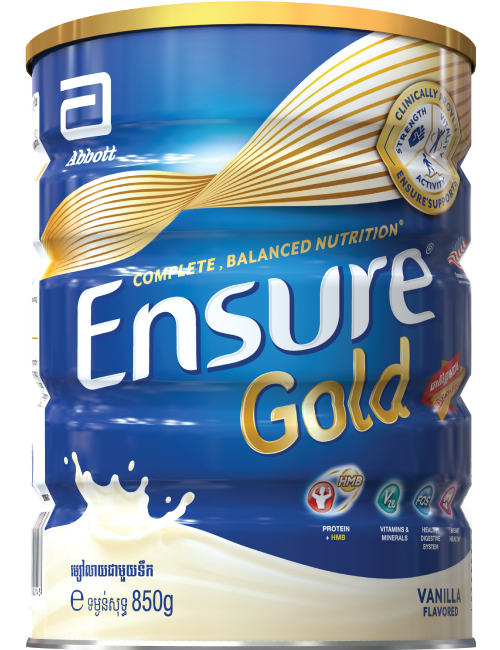Practicing Portion Control
Little Extras Make a Big Difference
Across the board, serving portions are growing larger. As a result, many people do not see the expected results from making good food choices. One solution may be better portion control.
Overestimating portion sizes can result in extra calories and, in some cases, more carbohydrate grams. In fact, "eyeballing" and overestimating portion sizes can make a big difference in the long run.
It's good to keep in mind that you're in control of the portions you eat – whether you're at home, dining out, or visiting with family or friends. So, practice sizing up your portions – using measuring cups and spoons when possible, or rules of thumb when measuring devices aren't convenient.
Comparing Calories in Portion Sizes
- 8 fluid ounces of fat-free milk versus 12 fluid ounces
o Calorie increase: 40; 5.5 extra grams of carbohydrates
- 1/2 cup brown rice versus 3/4 cup
o Calorie increase: 55; 11 extra grams of carbohydrates
- · 2-ounce bagel versus one from a bagel bakery at 5 ounces
o Calorie increase: 225; 47 extra grams of carbohydrates
· 1 tablespoon (3 teaspoons) of peanut butter versus 4 teaspoons
o Calorie increase: 30
· 2 teaspoons extra-virgin olive oil on a salad versus 4 teaspoons
o Calorie increase: 80
· 3 ounces grilled salmon versus 5 ounces
o Calorie increase: 100
· 3 ounces boneless, skinless chicken breast versus 4 ounces
o Calorie increase: 43
Visual Cues for Food Measurement As Recommended by the American Dietetic Association
- Medium potato = size of a computer mouse
- Average bagel = size of a small hockey puck
- 1 cup fruit = size of a baseball
- 1 cup lettuce leaves = four leaves
- 3 ounces grilled fish = size and thickness of a checkbook
- 1 ounce cheese = size of four dice
- 1 teaspoon peanut butter = size of a large grape
- 1 ounce pretzels = a large handful
Additional Simple Measures Useful for Portion Control
- Average-size index finger = about 1 ounce meat/chicken
- Average-size closed fist = 4 ounces skinless chicken breast on the bone
- Average-size woman's fist = about 1 cup
- Average-size man's fist = about 1-1/2 cups
- Find a drinking glass in your cupboard that serves 8 fluid ounces or take a permanent marker and draw a line at the 8-ounce serving point.
- Find a bowl that serves a 1-cup portion or use a permanent marker to draw a portioning line if needed.
- Buy individual-sized portions of raisins, canned fruit, yogurt, and cheese sticks, whenever possible.






